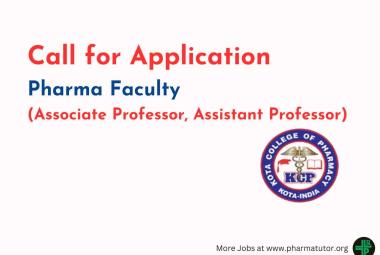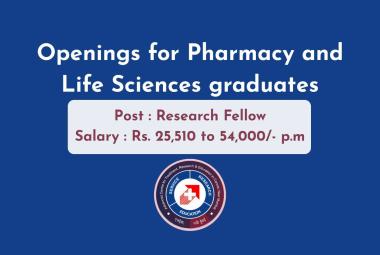Scientists from the Newcastle University’s Institute for Ageing and Health in North East England have identified a molecular pathway which reacts to cell damage and stems the cell’s ability to divide. The experts have used state-of-the-art laboratory techniques and sophisticated mathematical modelling to help crack the problem of cell ageing.
The ageing process has its roots deep within the cells. The results should help us understand not only ageing itself, but also how cancer cells escape ageing to wreak their destructive power. The research identifies the precise molecular pathway that reacts to internal signals that a cell is in trouble because of damage to its DNA and then responds by triggering a managed shut down of the cell’s ability to divide. This results in loss of the cell’s capacity to support tissue regeneration and repair, which gradually leads to the physical signs of ageing, as more and more cells suffer the same fate. The damaged cell is also stopped from becoming cancerous.
[adsense:336x280:8701650588]
The findings have also been published in current edition of the Journal Molecular Systems Biology.
According to professor Thomas von Zglinicki, head, research, Institute for Ageing and Health, Newcastle University, the next stage would be to develop drugs which can be used to target these molecules to help us combat many age related illnesses such as diabetes and heart disease where cell ageing plays an important part.
For many years scientists around the world have struggled to understand the complex factors that cause cells to stop dividing as they get older. Now that we know the precise pathway that is involved, it becomes feasible to begin to think about how it can be modified to improve ageing without increasing the risk of cancer. It is absolutely essential to tread carefully in trying to alter processes that cause cells to age, because the last thing we want is to help age-damaged cells from breaking out to become malignant, he added.
The Newcastle University discovery shows that the cell reacts to DNA damage by first upsetting the functions of the mitochondria units within the cell that use oxygen to produce chemical energy on which the body is dependent. When the mitochondria are affected increased amounts of ‘free radicals’ cause DNA damage. The damage in turn causes more free radicals to be produced so the cell effectively locks itself out of the possibility of any future division.
The research also highlights the unique power of the new way of conducting biomedical research that is called “systems biology”. This research is carried out by a team at the Centre for Integrated Systems Biology of Ageing and Nutrition (CISBAN) within the multidisciplinary Institute for Ageing and Health.
CISBAN has provided the information on the experimental and computational science which helps to address the most complicated biological challenges. It is funded by the Biotechnology and Biological Sciences Research Council (BBSRC) and is a world leader in research to tackle deep complexities of ageing.
“What is so exciting about this discovery, is that it shows the power of systems biology. There is no way that this advance could have been made without combining the expertise of experimental biologists, mathematicians and computer scientists. The programme funded five years ago by BBSRC for research in systems biology ahs provided the complications in the ageing process,” said professor Tom Kirkwood, director, CISBAN and the Institute for Ageing and Health.








